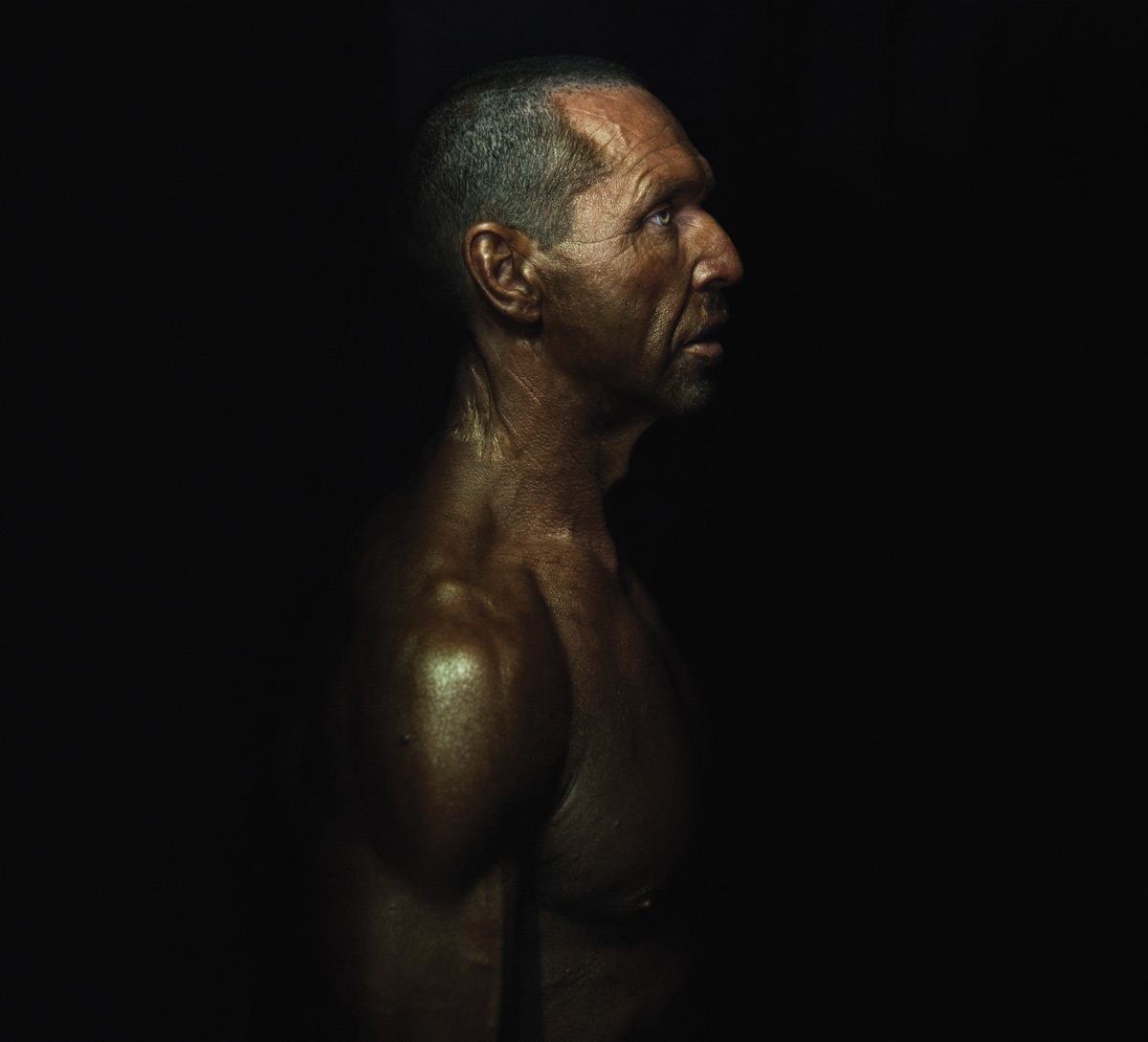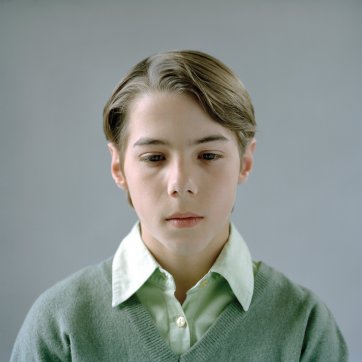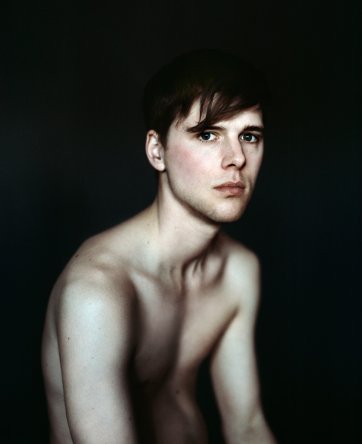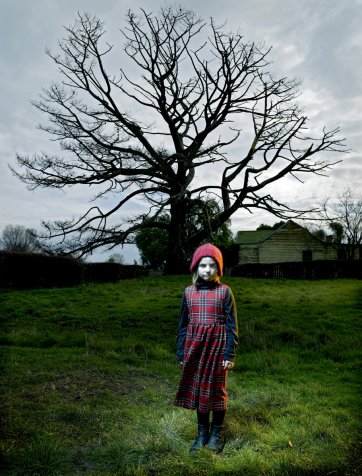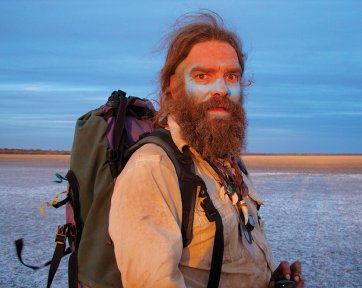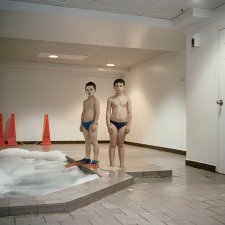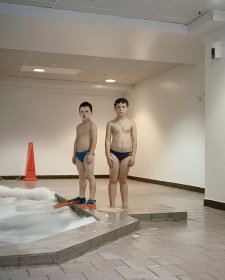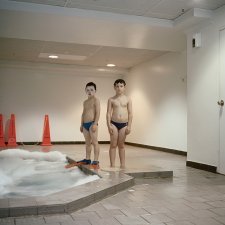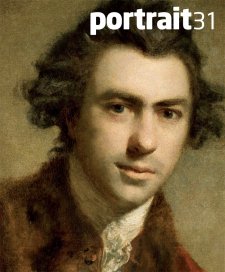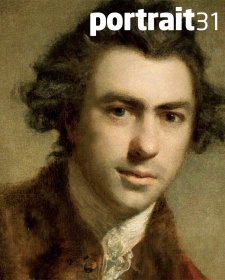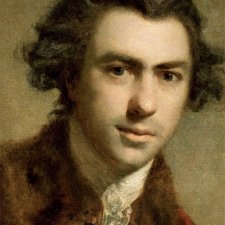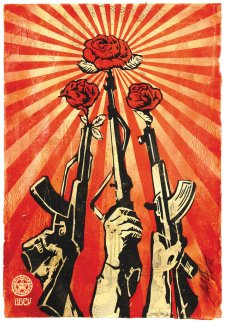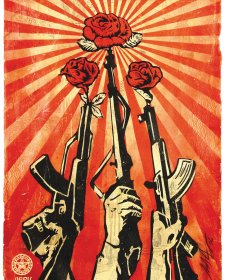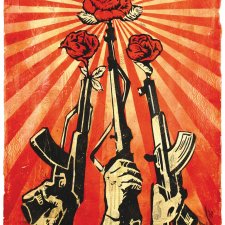With fellow judges Andrew Sayers, Director of the National Portrait Gallery, and Sarah Miller, Head of the School of Music and Drama at the University of Wollongong, I selected a short list of 56 portrait photographs from almost 1,200 entries.
Each entry was judged solely on its merits as a compelling portrait photograph. As judges we had no predetermined ideas about particular themes, or preferences for styles or subjects. At the time of writing the winner is yet to be named, and each of the 56 short-listed portrait photographs is worthy. The winning photograph will be one that is gripping. It will possess qualities not reducible to formula.
The portrait photographs selected for the National Photograph Portrait Prize 2009 exhibition are characterised by a heightened sense of drama. Several of the photographs of individuals have an introspective tone. Brooding or contemplative, photographers’ subjects appear against a dense black background. Isolated, pensive or thoughtful, these portraits capture something of the sitters’ intensity. When they meet our own gaze, their look is unwavering, even defiant.
A group of images place their subjects in the landscape, but it is at twilight or evening. Nature is stilled; the human presence within the landscape is not antagonistic. It is concentrated by the drama of the natural environment.
There is a sense of heightened naturalism to many of the portraits. Some photographers have used technology to enhance their images, or to add a surrealist edge, but the effect is seamless and subtle. Some of the photographs have a cinematic atmosphere. They convey a sense of enveloping space, and also suggest that the image might form part of a larger narrative. Where many of the head-shot portraits suggest intensity, the cinematic portraits seem to contain arrested energy, and are suspenseful.
This year there is a group of photographic portraits that present individuals and groups in interior rooms. In these images the objects in the room – furniture, ornaments, and works of art on the walls – seem to act as clues about the sitter.
One photographer has made direct reference to the historic tradition of the vanitas painting: a still-life genre in which items such as the human skull symbolise the transience of life and the folly of vanity. The interior is portrayed as the site of quiet reflection or surprise: a fleeting reflection of a young boy in an ornate but empty room.
In its second year at the National Portrait Gallery, and for the first time touring to other venues, the National Photographic Portrait Prize 2009 continues to present surprising perspectives on the nature of contemporary portrait photography. With the generous support of Visa, the National Portrait Gallery is offering a prize of $25,000 for the most outstanding photographic portrait. The winning work will be announced at the exhibition launch.
